Decentralized renewable energy systems are promising options to cope with the challenge of balancing local production and energy consumption.
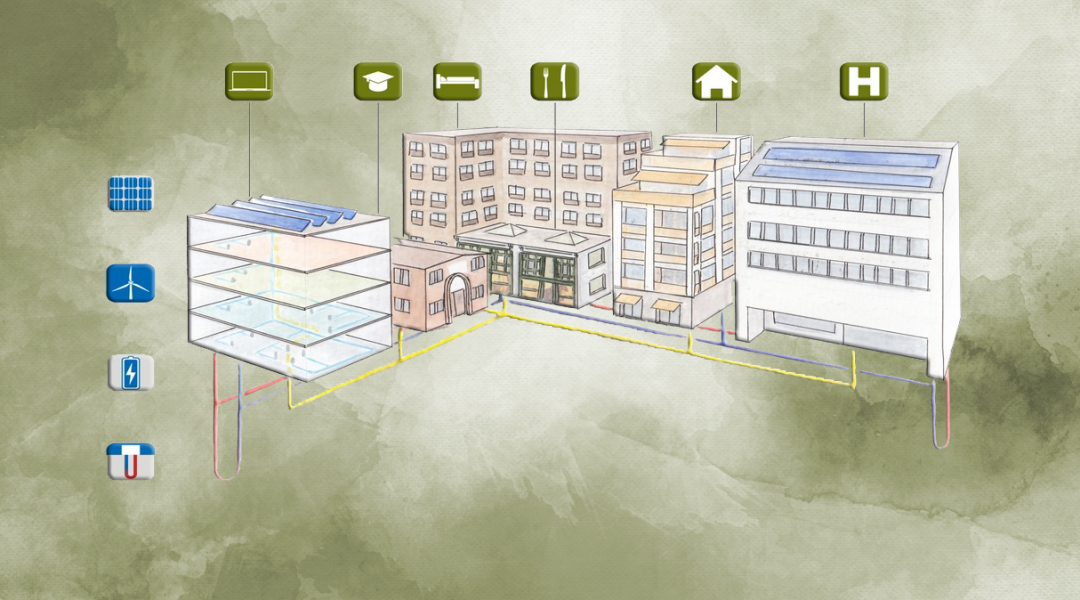

Decentralized renewable energy systems are promising options to cope with the challenge of balancing local production and energy consumption.
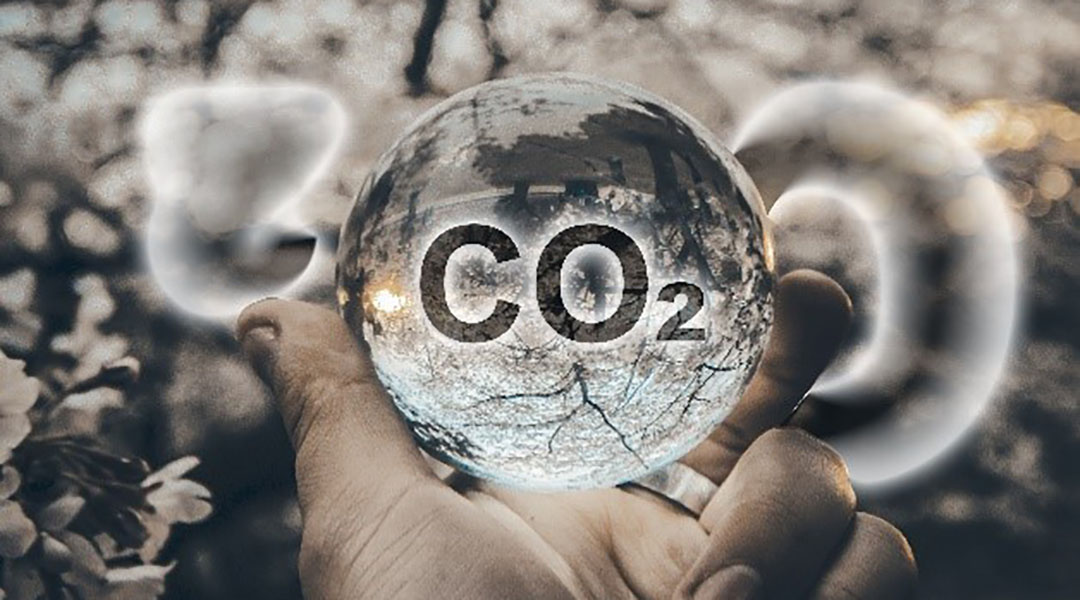
Researchers at the University of Toronto discuss the origins and advances of carbon dioxide photocatalysis.
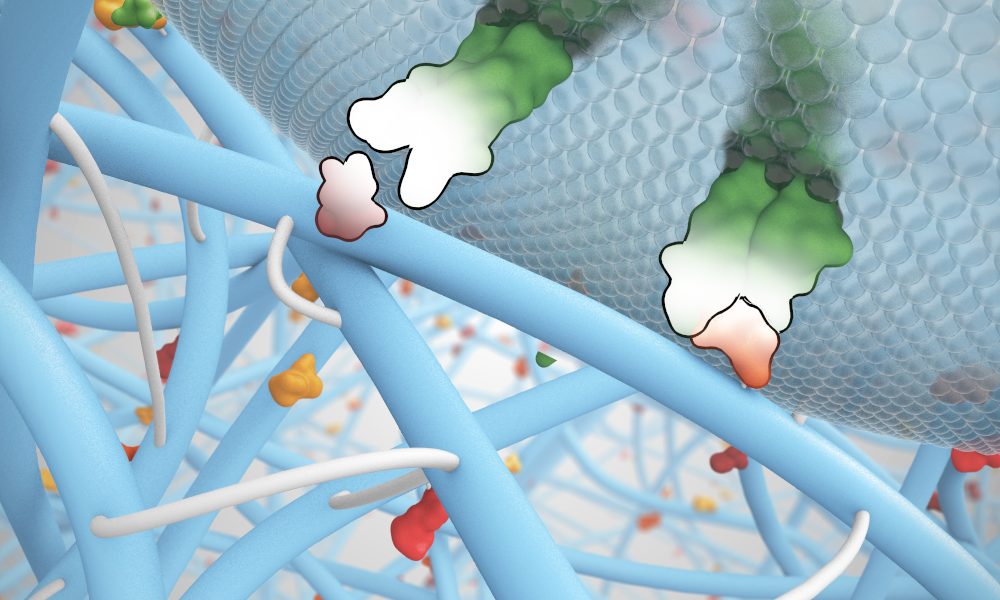
A special issue of Macromolecular Bioscience highlights progress in supramolecular hydrogel biomaterials.
![Converting Carbon Dioxide to Formate with a Highly Selective Electrocatalyst [Video]](https://www.advancedsciencenews.com/wp-content/uploads/2019/01/aenm201802427_ASN_image.png)
A bimetallic bismuth catalyst shows excellent efficiency for the electrochemical reduction of carbon dioxide to formate.
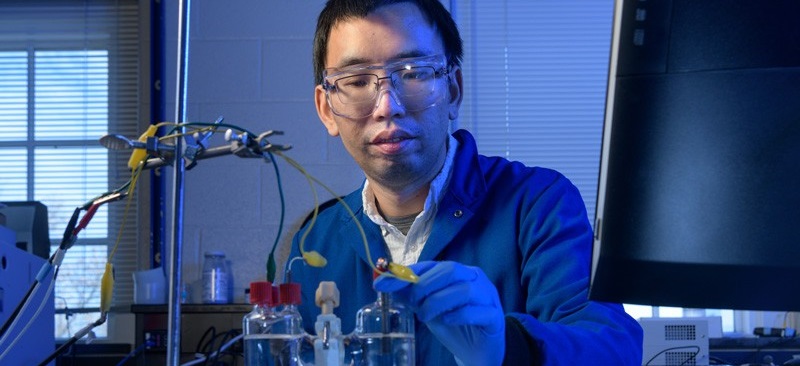
US researchers unexpectedly discovered auspicious catalysts to reduce water into hydrogen gas and oxygen molecules.
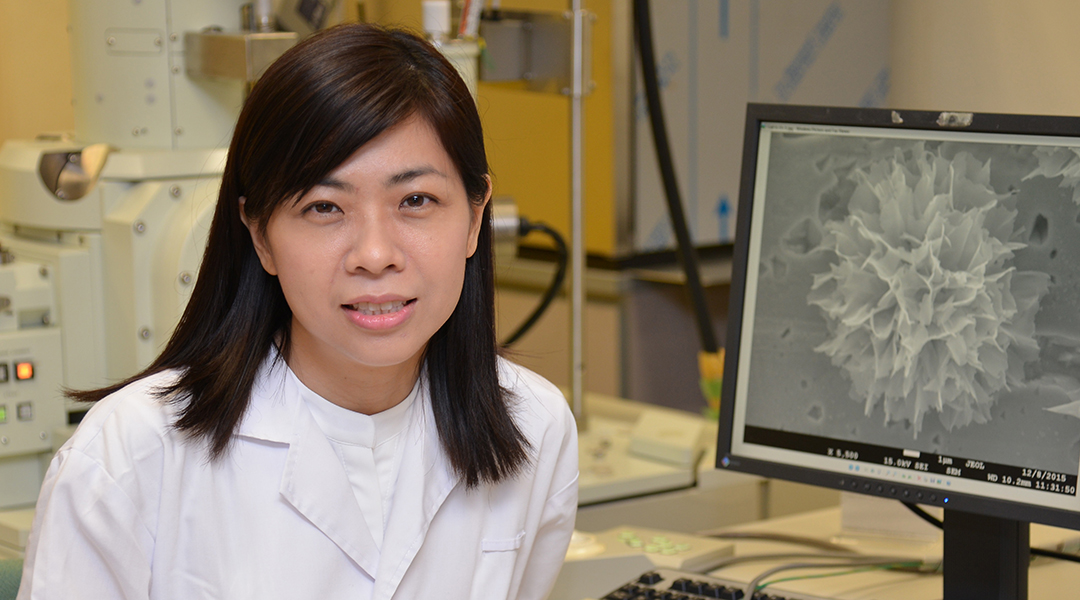
Dr. Ghim Wei Ho is a scientist who studies sustainable energy, discusses how she choose her research path, the future of the soft matter field, her hobbies, and who she admires the most.

Artificial nocturnal flowers based on liquid crystal networks make the future of soft robotics bloom with new perspectives.

The clock is ticking for the development and deployment of renewable synthetic fuels substituting for non-renewable fossil-based oil to enable a sustainable energy resource for the benefit of all people.
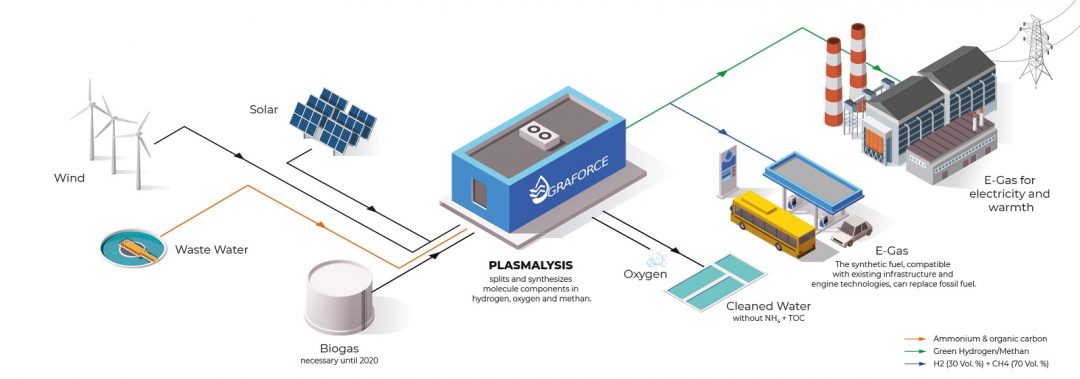
New innovation from Germany: Graforce produces environmentally friendly fuel from wastewater .
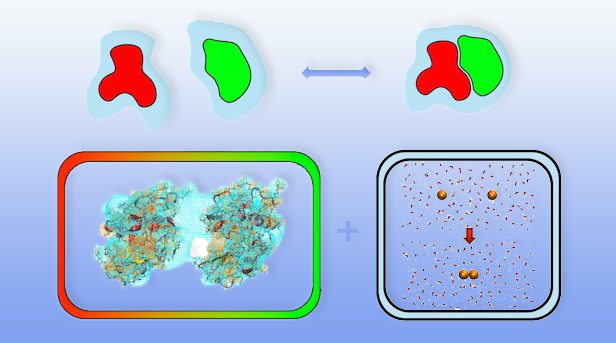
Solvation free energies contribute to the driving force of molecular processes in solution and play a significant role for the relative stability of biomolecular conformations or the formation of complexes. Changes in solvation free energy are the origin of solvent‐mediated interactions such as the hydrophobic effect in water.